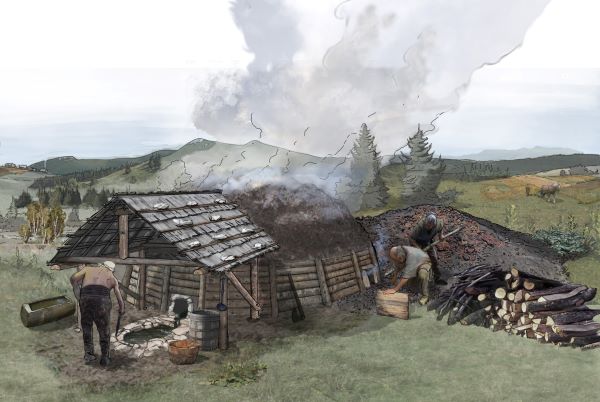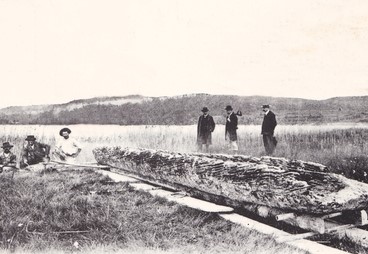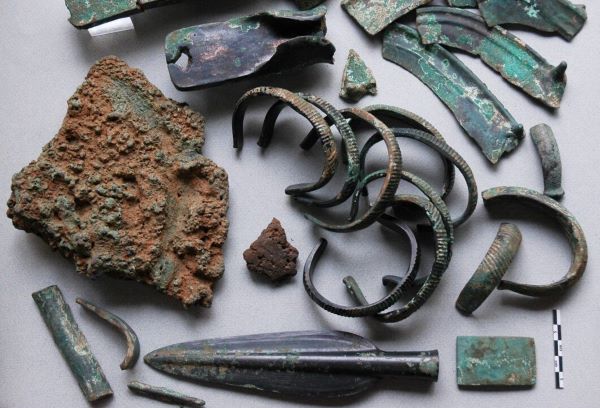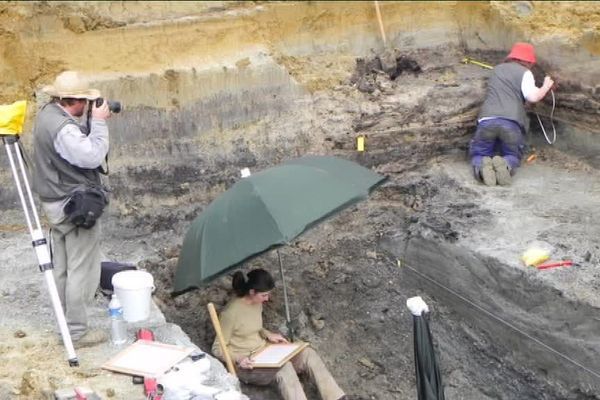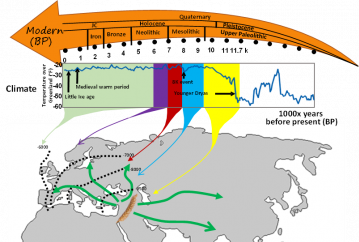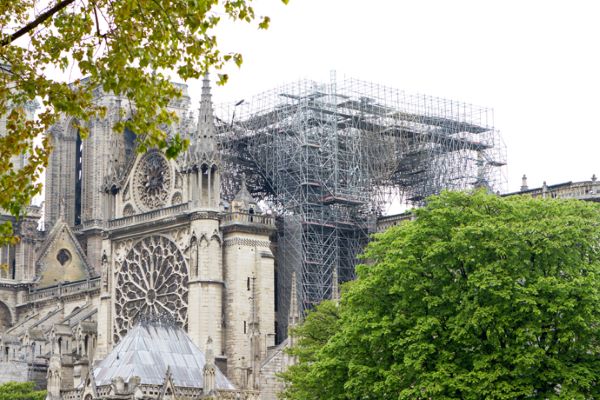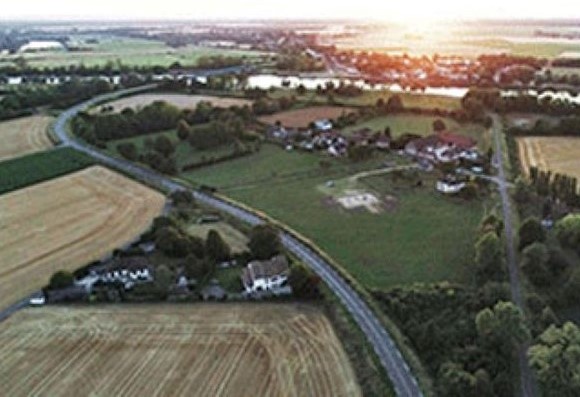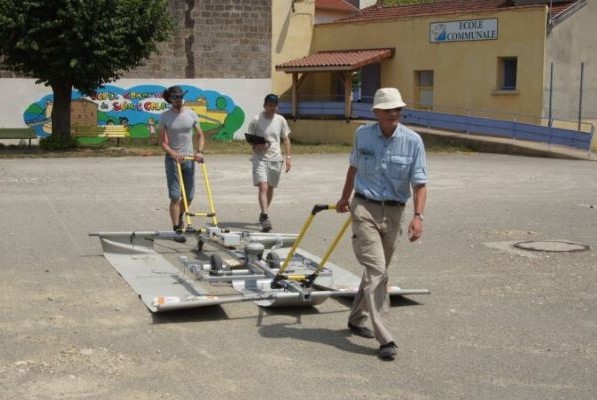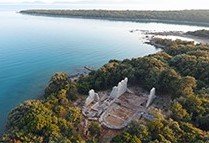SOPAST
Societies and environments of the past: life paths
Understanding the past, illuminating the future
Coordinators SOPAST :
Carole Begeot
Office : -111L – Tel : +33 381666513
Joseph Gauthier
Office : -117M – Tel : +33 381666127
Matthieu Le Bailly
Office : -118M – Tel : +33 81665725
Location :
La Bouloie – Bâtiment Propédeutique – aile M
Areas of research
Territories and societies of the past
Characterization of the influence of human societies on the appearance, management and transformation of the land.
Environment of past societies
Describing landscapes through time and surveying the human footprint in the context of the evolution and development of societies from the Palaeolithic to the present.
Exploitation of natural resources
Study of resource exploitation and relationships between artisans and consumers in various fields: stone, wood, bone, ivory, metal, glass.
Archaeology and history of risks
Describing landscapes through time and surveying the human footprint in the context of the evolution and development of societies from the Palaeolithic to the present.
Current projects
The YUP'IK Mission (2022-2025)
The archaeological excavations of the French mission YUP’IK 2022¬-¬2025 are currently taking place at the Nunalleq site, which is exceptional for the abundance and uniqueness of the excavated objects.
ANR-ArkaeoAG
ArkaeoAG, History, origins and spread of agriculture: new evidence from archaeobotany and paleogenomics, aims to trace the origin and spread of agriculture during the Holocene as an important process in the socioeconomic structuring of modern civilization.
CASIMODO
As part of the scientific work on Notre-Dame de Paris led by the CNRS and the Ministry of Culture, Chrono-Environnement is a partner in the ANR project “CASIMODO”: Optimum ClimAtique médiéval et développements SocIo-éconoMiques.
The PPG3 Project
The PPG-3 (Paleoparasitology and Paleogenetics – Phase 3) project focuses on the detection of ancient DNA (aDNA) from unicellular parasites of the genus Cryptosporidium, which infest the digestive systems of a wide variety of animal hosts, including humans.
SAHYLOR
PCR confluence Saône-Doubs
Pro Vienna
ANR MONACORALE
The MONACORALE (MONAsteriorum CORpus Adriaticorum et Locorum Ecclesiasticorum) research project is the result of collaboration between French, Croatian and Italian researchers working on ecclesiastical archives, texts and sites.


